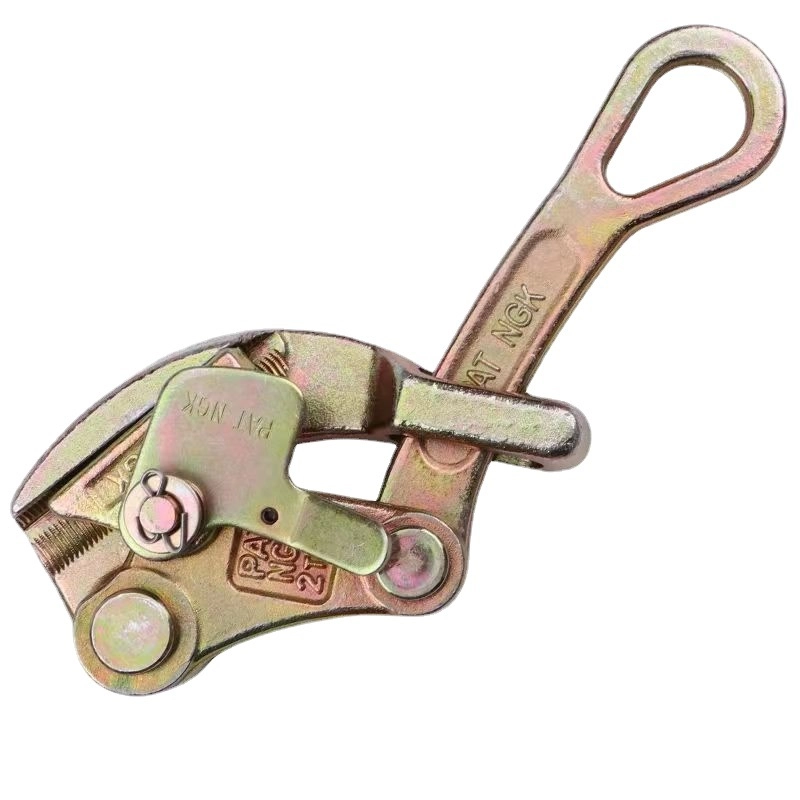
-
 Afrikaans
Afrikaans -
 Albanian
Albanian -
 Amharic
Amharic -
 Arabic
Arabic -
 Armenian
Armenian -
 Azerbaijani
Azerbaijani -
 Basque
Basque -
 Belarusian
Belarusian -
 Bengali
Bengali -
 Bosnian
Bosnian -
 Bulgarian
Bulgarian -
 Catalan
Catalan -
 Cebuano
Cebuano -
 Corsican
Corsican -
 Croatian
Croatian -
 Czech
Czech -
 Danish
Danish -
 Dutch
Dutch -
 English
English -
 Esperanto
Esperanto -
 Estonian
Estonian -
 Finnish
Finnish -
 French
French -
 Frisian
Frisian -
 Galician
Galician -
 Georgian
Georgian -
 German
German -
 Greek
Greek -
 Gujarati
Gujarati -
 Haitian Creole
Haitian Creole -
 hausa
hausa -
 hawaiian
hawaiian -
 Hebrew
Hebrew -
 Hindi
Hindi -
 Miao
Miao -
 Hungarian
Hungarian -
 Icelandic
Icelandic -
 igbo
igbo -
 Indonesian
Indonesian -
 irish
irish -
 Italian
Italian -
 Japanese
Japanese -
 Javanese
Javanese -
 Kannada
Kannada -
 kazakh
kazakh -
 Khmer
Khmer -
 Rwandese
Rwandese -
 Korean
Korean -
 Kurdish
Kurdish -
 Kyrgyz
Kyrgyz -
 Lao
Lao -
 Latin
Latin -
 Latvian
Latvian -
 Lithuanian
Lithuanian -
 Luxembourgish
Luxembourgish -
 Macedonian
Macedonian -
 Malgashi
Malgashi -
 Malay
Malay -
 Malayalam
Malayalam -
 Maltese
Maltese -
 Maori
Maori -
 Marathi
Marathi -
 Mongolian
Mongolian -
 Myanmar
Myanmar -
 Nepali
Nepali -
 Norwegian
Norwegian -
 Norwegian
Norwegian -
 Occitan
Occitan -
 Pashto
Pashto -
 Persian
Persian -
 Polish
Polish -
 Portuguese
Portuguese -
 Punjabi
Punjabi -
 Romanian
Romanian -
 Russian
Russian -
 Samoan
Samoan -
 Scottish Gaelic
Scottish Gaelic -
 Serbian
Serbian -
 Sesotho
Sesotho -
 Shona
Shona -
 Sindhi
Sindhi -
 Sinhala
Sinhala -
 Slovak
Slovak -
 Slovenian
Slovenian -
 Somali
Somali -
 Spanish
Spanish -
 Sundanese
Sundanese -
 Swahili
Swahili -
 Swedish
Swedish -
 Tagalog
Tagalog -
 Tajik
Tajik -
 Tamil
Tamil -
 Tatar
Tatar -
 Telugu
Telugu -
 Thai
Thai -
 Turkish
Turkish -
 Turkmen
Turkmen -
 Ukrainian
Ukrainian -
 Urdu
Urdu -
 Uighur
Uighur -
 Uzbek
Uzbek -
 Vietnamese
Vietnamese -
 Welsh
Welsh -
 Bantu
Bantu -
 Yiddish
Yiddish -
 Yoruba
Yoruba -
 Zulu
Zulu


Aug . 11, 2024 18:36 Back to list
Different Types of Lifting Shackles and Their Applications in Various Industries
Understanding Lifting Shackles Types and Applications
Lifting shackles are critical components in various industries, particularly in construction, shipping, and rigging. They serve as connectors that allow for the secure lifting and transporting of heavy loads. Given their importance in ensuring safety and efficiency, it is essential to familiarize ourselves with the different types of lifting shackles available and their specific applications.
Types of Lifting Shackles
1. Bow Shackles Bow shackles are characterized by their circular shape and are widely used in lifting applications. Their design provides a significant advantage in terms of load distribution, which allows for a greater margin of safety. Bow shackles commonly come in various sizes and materials, making them versatile for numerous tasks, from lifting large machinery to securing loads.
2. Dee Shackles Dee shackles have a more linear design compared to bow shackles, resembling a D shape. They are often used in applications that require a more secure connection to a load. Due to their compact shape, Dee shackles can be used in tighter spaces and are ideal for tasks such as securing cables and ropes in marine environments.
3. Pin Shackles Pin shackles use a removable pin to secure the connection point. These shackles provide a reliable and sturdy option for lifting applications where the load may shift or sway. The ability to remove the pin allows for easy attachment and detachment, making them a favored choice among riggers and other lifting professionals.
4. Safety Shackles Designed with additional safety features, safety shackles come equipped with locking mechanisms to prevent accidental disconnection. They are particularly beneficial in high-stakes environments where the load is at risk of slipping or falling. These shackles are commonly used in construction sites, offshore drilling, and maintenance operations.
lifting shackles types

5. Swivel Shackles Swivel shackles allow for 360-degree rotation, making them ideal for applications where the load may need to rotate freely without twisting the sling. This feature helps to reduce wear and tear on lifting equipment and ensures a more efficient lifting process. Swivel shackles are often used in dynamic lifting scenarios, such as those found in crane operations.
6. Specialty Shackles There are also specialty shackles designed for specific applications, such as high-strength shackles for heavy lifting or shackles with coatings to resist harsh environmental conditions. Engineers and safety professionals often choose these shackles based on the unique needs of their lifting tasks.
Importance of Proper Selection
Selecting the appropriate type of lifting shackle is crucial for safety and efficiency. The working load limit (WLL) of the shackle must align with the weight of the load being lifted. Additionally, factors such as the environment (e.g., corrosive or extreme temperatures), the type of rigging being used, and local regulations must also be considered when choosing the right shackle.
Conclusion
In conclusion, lifting shackles play a vital role in various lifting operations. Understanding the different types available—from bow shackles to specialty designs—can help professionals make informed choices that enhance safety and efficiency in their lifting tasks. As industries continue to evolve and face new challenges, the role of quality lifting shackles will remain paramount in ensuring the safe transportation of heavy loads. Investing in the right lifting shackle not only promotes safety but also significantly contributes to the overall productivity of lifting operations.
Latest news
duct-rodders-and-conduit-rod-tools
NewsAug.22,2025
ratchet-pullers-and-wire-tightening-tools
NewsAug.22,2025
chain-ratchet-pullers-and-hoist-solutions
NewsAug.22,2025
telescopic-hot-stick-for-electrical-and-high-voltage-use
NewsAug.22,2025
cable-clamp-and-insulated-cable-clamp-systems
NewsAug.22,2025
duct-rodder-conduit-rodder-and-cable-solutions
NewsAug.22,2025








